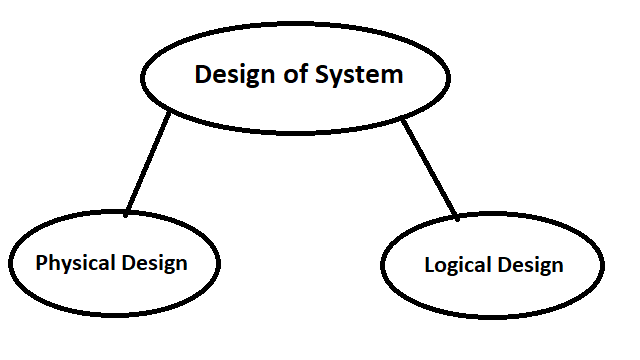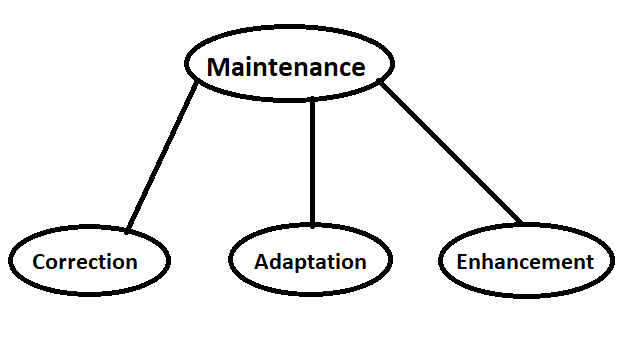7 Stages of System Development Life Cycle:- Every computer-based system has a life cycle. Just as all living beings follow a life cycle. System Development Life Cycle (SDLC) is a well-defined process by which a system is conceived, developed and implemented.
The system development life cycle consists of the following phases.
- Preliminary survey or Investigation.
- Feasibility Study
- System Analysis
- Design of system
- Development of software
- System testing
- Implementation &Evaluation
- Maintainance
1. Preliminary Survey
One of the most difficult tasks of the system analyst is identifying the real problem of the existing system. There is a famous saying that a clearly defined problem is a half solution. Without a clear understanding of the problem in the system, any further work done will lead to wastage of effort at a later stage,
An analyst working on the preliminary investigation should accomplish the following:
- Objectives
What the new system must achieve;
For Eg.
Cost reduction, better service to customers, better management information etc.
- Constraints
The restrictions on cost, equipment to be used, areas of business which are to be left-unchanged.
- Time Scale
What is a time limit for designing the new system.
- Size
Determine the size of the project.
- Reports or output needed.
- Suggested solutions considered by the management.
2. Feasibility Study
The next step is to examine the feasibility of the proposed system. This involves evaluating the cost &benefits of the system. Initially, a rough cost-benefit analysis will be sufficient for the top management to take a decision either in favor of or against the proposed system. The feasibility is concerned with three aspects;
a) Technical Feasibility
b) Economic Feasibility
c) Operational Feasibility
3. System Analysis
When the system analyst decides that the requested system is feasible then the next step is the determination of system requirements.
This phase includes studying of an existing system in details &collecting data in order to find out the requirements of the users. Some tools are used in an analysis like interviews, on-site observations, etc.
4. Design of System

In the system design phase, the primary objective is to identify user requirement & build a system that satisfies this requirement. Systems specialists often refer to this stage as logical design in contrast to the process of developing program software which is referred to as physical design.
5. Development of Software
In this phase, the system is actually programmed. The analyst should decide whether to buy commercial software or to develop new customized programs with the help of programmers. The choice depends on the cost of each option, the time available to develop software & the availability of programmers. Programmers are also responsible for documenting the program.
6. System Testing
The main purpose of this phase is to find the errors &correct them. The system testing ensures that:
a. The system during operation will perform as per the specification.
b. The controls incorporated in the program system & the system function as intended.
c. During operation, incorrect inputted data and processing will be detected.
7. Implementation & Evaluation
The implementation consists of installing hardware, software, training of all the users& collecting data needed to use it . Evaluation is performed to identify its strength & weakness,
8. Maintenance
After implementation, the system needs to be maintained in order to adapt to changing business needs.
There are three types of maintenance.

Correction:
Means correcting the errors in the existing software.
Adaptation:
Means customizing the software to run in the new environment.
Enhancement:
Means adding new functions or additional capabilities to the system.
Disadvantages of SDLC
- The SDLC is very lengthy.
- The right system is rarely developed for the first time.